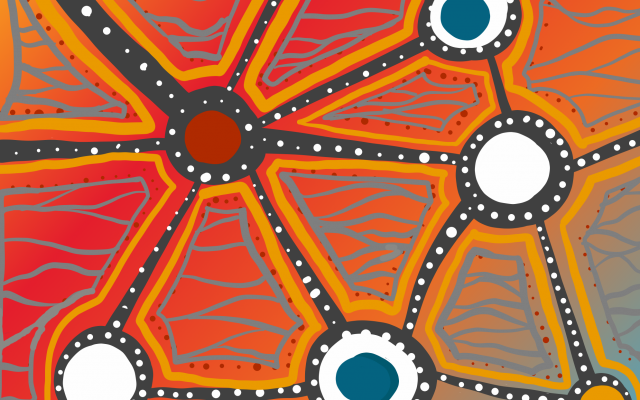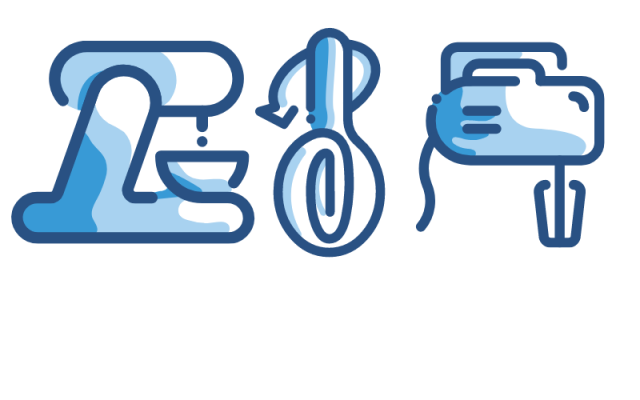
Part 5: Tell stories
In a household with two little kids, we’re pretty into stories right now. My favourite children’s books are the ones with a grabby plot, a few jokes pitched squarely to the parents, and which offer an opportunity for conversation long after the final page has been turned. We’ve had some important conversations recently after reading, for example, Young Dark Emu and Welcome to Country during NAIDOC week.
At ARTD, since coming across Gabrielle Dolan’s Stories for Work, we have been thinking a lot about the role of story-telling in evaluation. While facts and figures go hand in hand with the kind of qualitative and quantitative data we use in evaluation, we know that story-telling is an important way to appeal to our audiences’ emotional selves. And we don’t—necessarily—mean emotions as in tears and tantrums; we mean engaging with evaluation information in a way that deeply resonates with the reader. Neurobiological evidence shows that story-telling sticks because it triggers the release of the so-called ‘love hormone’, oxytocin (the same chemical that bonds mothers with their babies).[1]
Dolan describes four types of stories for work: triumph, tragedy, transition and tension. Author Valerie Khoo[2] describes eight ‘power stories’, including stories about passion, your customers, your product and your pitch. These are both great typologies, but neither is quite right for evaluation. Like Dolan, we think there are four important types of stories evaluators can tell.
- Situational stories. These are the stories that spell out the ‘why’ of an evaluation. They help audiences understand what is going on around the evaluation and may include descriptions about the political climate or a prevailing policy within a department. Situational stories align well with a realist evaluation approach and with systems evaluation because they help us explain the context in which a program or one of its components is deployed. For example, these stories might comment on a why a particular housing estate within a region was selected to receive a program, or to point to possible reasons why a particular service provider achieved outcomes compared to others.
- Conditional stories. Here, we’re commenting on what happens if something else happens. Usually, these are stories about the changes that program participants—but sometimes systems—experience after receiving a ‘dose’ of the program or initiative. We often ask evaluation participants to tell us about the most important changes in their knowledge, attitudes or behaviours as the result of their involvement in a program or initiative. What’s great about these stories is the sense of scale they bring. Participants in the same program describe ‘change’ in different terms. For example, one might describe abstaining from alcohol and re-entering the workforce as their most ‘significant’ change; another might recall how learning breathing techniques helped them better manage their urge to drink. We’ve found that juxtaposing ‘causal’ stories of different magnitude is a really important way to shape our clients’ thinking about program outcomes.
- Procedural stories. You can think of these as the ‘nitty gritty’ stories that help audiences understand how something is happening. In a recent evaluation, I wrote lots of technical stories about users’ journeys through an online resource. Other evaluations I’ve worked on have included descriptions of how operating procedures improve or detract from clients’ experiences and service providers’ ability to do their work. These stories add depth and detail to your evaluation findings. They’re also important within a realist framework, adding a detailed description of the mechanisms in play. For example, why fortnightly, one-on-one structured mentoring led to outcomes for a particular group of participants, whereas unstructured group mentoring did not.
- Personal stories. Personal stories give us insight into who is participating or benefitting from a program or initiative. As evaluation starts to draw in methods from design thinking and customer experience, these stories are increasingly useful to describe the characteristics of market segments or consumer groups. They’re also useful in the more traditional role of personifying individual experiences of program participation.
For all these stories, but particularly for personal stories, it’s useful to think about the role that telling stories plays in evaluation. As Oliver Sacks said, ‘Telling our life stories is perhaps one of the most powerful therapeutic tools available to man.’ Very often, evaluation participants are motivated to share their stories as a way of processing their own emotions, or to pay it forward to others who might be thinking, feeling or experiencing similar situations. These are often stories about hope, survival and resilience. As evaluators, our role is to hold these stories precious and to retell them faithfully and fairly to evaluation commissioners. Story-telling is an important evaluation process, not just a way of describing findings.
Stories aren’t for everyone. Some people really engage with stories and find them the most convincing type of evidence, while others aren’t swayed by them. They might enjoy stories, but they need to read numbers and nuggets of quantitative information to get on board with your evaluation findings. In our experience, story-telling works best when there is a strong narrative accompanied by factual text. We’ve observed a strong relationship between the use of stories and the use of our evaluation findings. How might you tell a story in your next evaluation?
In our next blog, Ruby will share some simple tips for writing stories that stick by cutting the clutter in your written work.




